I. Introduction
In recent years, xylitol has emerged as a prominent ingredient in the health conscious consumer market. It has found its way into a wide array of products, from health foods to oral care items.
The aim of this article is to provide a comprehensive overview of xylitol, delving into its various aspects.
We will explore its chemical composition, origin, and production methods, shedding light on what xylitol truly is at a fundamental level.
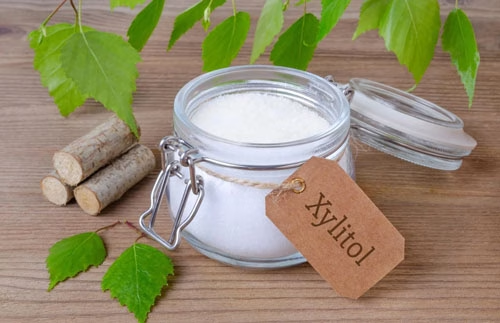
Additionally, we will examine its diverse applications in different industries, such as food, oral care, and even medicine.
By understanding how xylitol is used, readers can make more informed decisions about the products they consume.
Furthermore, we will analyze the health benefits that xylitol offers, from its role in preventing tooth decay to its potential impact on blood sugar levels.
At the same time, it is crucial to consider the potential risks and side effects associated with xylitol, ensuring that readers are aware of both the positive and negative aspects.
II. What Exactly is Xylitol
2.1 Chemical Structure and Classification
Xylitol belongs to the family of sugar alcohols, also known as polyols. Chemically, it is a five – carbon sugar alcohol with the molecular formula C5H12O5.
Its structure is composed of a chain of five carbon atoms, each attached to a hydroxyl group (-OH), with the exception of the two terminal carbon atoms that are also bonded to hydrogen atoms. This structure gives xylitol properties that combine those of both sugars and alcohols.
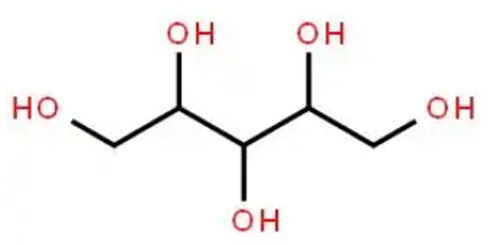
As a sugar alcohol, xylitol is distinct from simple sugars like glucose or fructose. While sugars contain aldehyde or ketone functional groups, xylitol’s structure is characterized by multiple hydroxyl groups. This difference in structure has significant implications for its metabolism in the body.

Unlike glucose, which requires insulin for absorption into cells, xylitol can be directly absorbed and metabolized by cells without the need for insulin. This makes it an attractive option for individuals with diabetes or those who need to manage their blood sugar levels.
2.2 Natural Sources of Xylitol
Xylitol occurs naturally in a variety of sources, although in relatively small amounts.
It can be found in some fruits and vegetables, such as strawberries, raspberries, plums, and cauliflower. However, the concentration of xylitol in these sources is low, making it impractical to extract large quantities from them for commercial use.
One of the primary natural sources of xylitol for industrial production is birch trees (expand reading “Is xylitol birch sugar“). Birch bark contains a high amount of xylan, a polysaccharide that can be broken down into xylose. Through a series of chemical processes, xylose can be further processed to obtain xylitol.
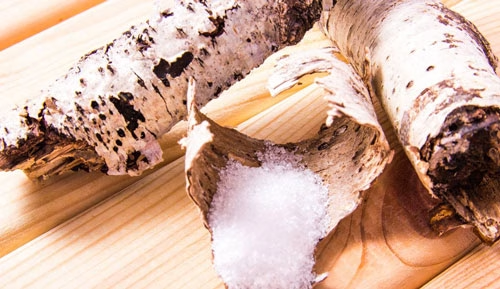
Other sources of xylitol include hardwoods like oak and beech, as well as agricultural by – products such as corn cobs and sugarcane bagasse. These materials are rich in hemicellulose, which can be hydrolyzed to produce xylose and then converted into xylitol.
III. Properties of Xylitol
3.1 Physical Properties
3.1.1 Appearance
Xylitol typically presents as a white, crystalline powder or granulated substance. Its appearance is strikingly similar to that of common white sugar, which makes it a convenient substitute in various products.
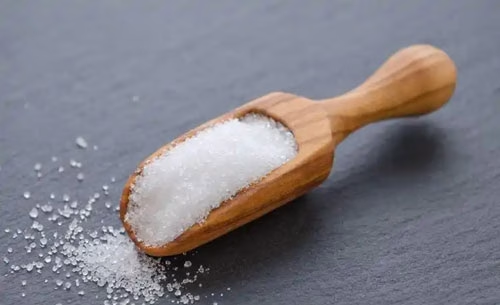
This fine – textured powder or granular form allows for easy handling and uniform distribution in food products, beverages, and other applications. When observed under a microscope, xylitol crystals often exhibit a regular, geometric shape, contributing to its characteristic physical appearance. This visual similarity to sugar not only simplifies the substitution process in recipes but also makes it appealing to consumers who are accustomed to the look of traditional sweeteners.
3.1.2 Taste
One of the most remarkable aspects of xylitol is its taste. It offers a sweetness level comparable to that of sucrose, the common table sugar. Consumers often find it difficult to distinguish between the sweetness of xylitol and sucrose in products.
However, xylitol has a significant advantage in terms of calories.
It contains approximately 40% fewer calories than sucrose. This makes it an excellent choice for those looking to reduce their calorie intake without sacrificing the sweet taste they enjoy.
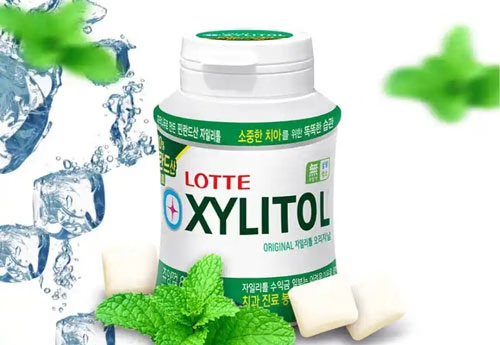
Additionally, xylitol has a unique cooling effect on the palate. When consumed, it creates a refreshing, cool sensation in the mouth, which is particularly appealing in products like chewing gum, mints, and certain beverages. This cooling property adds an extra dimension to the sensory experience, making xylitol – containing products even more enjoyable.
3.2 Chemical Properties
3.2.1 Stability
Xylitol is known for its chemical stability under normal conditions.
It can withstand a wide range of temperatures and pH levels without undergoing significant degradation or decomposition. This stability makes it suitable for use in a variety of products, from acidic fruit – based beverages to alkaline – containing oral care products.
In food processing, xylitol can endure the heat of baking, cooking, and pasteurization processes without losing its sweetness or undergoing chemical changes that could affect the quality or safety of the final product.

3.2.2 Reactivity
Although xylitol is generally stable, it can participate in certain chemical reactions under specific conditions.
One such reaction is with acids. In the presence of strong acids, xylitol can undergo dehydration reactions, leading to the formation of various products. For instance, when treated with concentrated sulfuric acid, xylitol may dehydrate to form furfural – like compounds.
With bases, xylitol can react to form salts or undergo other chemical transformations.
In some industrial processes, these reactions with acids and bases are utilized to modify the properties of xylitol or to synthesize derivatives with specific applications.

Additionally, xylitol can react with other compounds such as aldehydes and ketones under appropriate conditions, forming glycosides or other complex molecules.
These reactivity properties not only expand the potential uses of xylitol in various industries but also play a role in its metabolism within the body.
IV. Health Benefits of Xylitol
4.1 Dental Health Benefits
Reducing Tooth Decay
One of the most well – established health benefits of xylitol is its ability to reduce tooth decay.
Strengthening Tooth Enamel
In addition to reducing acid production, xylitol also contributes to the strengthening of tooth enamel.

4.2 Benefits for Diabetics
Low Glycemic Index
For individuals with diabetes, managing blood sugar levels is of utmost importance. Xylitol offers significant advantages in this regard due to its low glycemic index (GI).
Insulin – Sparing Effect
Another benefit of xylitol for diabetics is its insulin sparing effect.

4.3 Other Potential Health Benefits
Anti – Inflammatory Properties
Emerging research suggests that xylitol may possess anti – inflammatory properties.
Gut Health Improvement
Some studies have indicated that xylitol can act as a prebiotic. By promoting the growth of beneficial bacteria, xylitol may contribute to a stronger immune system, which can help the body defend against infections and diseases.
V. Applications of Xylitol
5.1 Food Industry
Baked Goods
In the world of baked goods, xylitol has emerged as a valuable ingredient with multiple benefits.
It serves as an excellent substitute for sugar, enabling the creation of healthier baked treats.
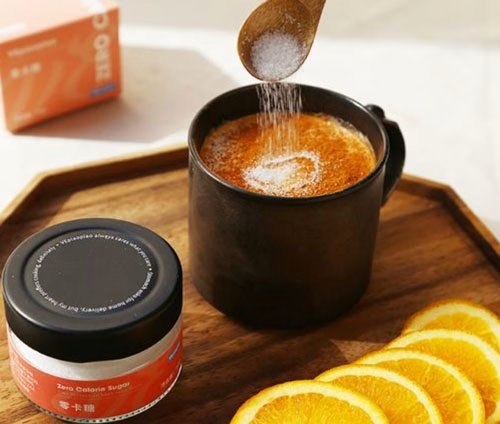
Moreover, xylitol contributes to the overall quality of baked goods.
Additionally, xylitol’s stability during the baking process ensures that it does not caramelize or burn easily, maintaining the desired flavor and appearance of the baked goods.
Beverages
In the production of soft drinks, fruit juices, and energy drinks, xylitol is used to add sweetness. It provides a natural – tasting alternative to sugar, appealing to consumers who are looking for healthier beverage options. For those with diabetes or those following a low – sugar diet, beverages sweetened with xylitol offer a way to enjoy a sweet – tasting drink without the concerns of a significant sugar spike.
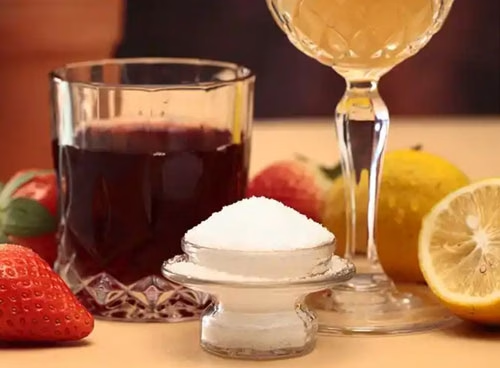
Furthermore, xylitol’s cooling effect can enhance the sensory experience of beverages.
In addition, xylitol is often used in the production of sugar free or diet versions of beverages, catering to the growing demand for products that are both delicious and suitable for those with dietary restrictions.
5.2 Pharmaceutical Industry
5.2.1 Sugar – Free Medications
The pharmaceutical industry has recognized the value of xylitol in improving the palatability of medications.
By replacing sugar in medications, xylitol not only provides a sweet taste but also reduces the risk of dental problems associated with consuming sugary medications.
For patients with diabetes or those who need to manage their sugar intake, sugar free medications sweetened with xylitol offer a safe and effective option.
5.2.2 Oral Health Products
Xylitol is a staple ingredient in a variety of oral health products, including toothpaste, mouthwash, and chewing gum.
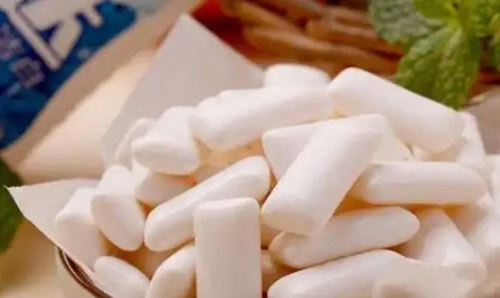
5.3 Cosmetics and Personal Care
5.3.1 Skincare Products
When applied to the skin, xylitol can draw water from the surrounding environment and from deeper layers of the skin, helping to keep the skin hydrated.
In addition to its moisturizing properties, xylitol may also have a soothing effect on the skin. It can help to calm irritated skin and reduce redness, making it suitable for use in products designed for sensitive or irritated skin.
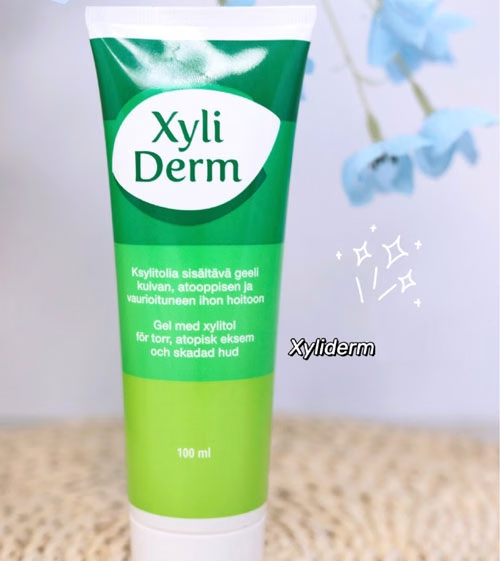
5.3.2 Haircare Products
Products such as shampoos, conditioners, and hair masks that contain xylitol can provide a boost of hydration to the hair, leaving it feeling softer, smoother, and more lustrous.
Furthermore, xylitol may contribute to the overall health of the scalp.

VI. Risks and Precautions
6.1 Allergic Reactions
While xylitol is generally well – tolerated by most people, some individuals may experience allergic reactions. If someone suspects they are having an allergic reaction to xylitol, it is crucial to seek medical attention promptly.
6.2 Gastrointestinal Issues
6.2.1 Symptoms of Over – consumption
Excessive intake of xylitol can lead to bloating, diarrhea, nausea.
6.2.2 Recommended Intake Levels
To avoid these gastrointestinal issues, it is important to adhere to recommended intake levels of xylitol. For the general population, the acceptable daily intake (ADI) of xylitol is set at up to 0 – 50 mg/kg of body weight by the World Health Organization (WHO). For example, a person weighing 70 kg could consume up to 3500 mg (or 3.5 grams) of xylitol per day without significant risk.
However, for specific groups, the recommended intake may be different. For children, who have smaller body sizes and more sensitive digestive systems, the intake should be carefully monitored. Some experts suggest that children should consume less xylitol compared to adults, with a daily limit of around 25 grams or less, depending on their age and weight.

Diabetics, who may be more likely to use xylitol as a sugar substitute, also need to be cautious. Although xylitol has a lower impact on blood sugar levels compared to regular sugar, excessive consumption can still lead to an increase in blood glucose. It is generally recommended that diabetics limit their xylitol intake to 2 grams or less per day, while closely monitoring their blood sugar levels. Additionally, individuals with pre – existing gastrointestinal conditions, such as irritable bowel syndrome (IBS) or inflammatory bowel disease (IBD), may need to further reduce their xylitol intake or avoid it altogether, as their digestive systems may be more sensitive to the effects of xylitol.
6.3 Special Considerations for Pets
Xylitol poses a significant and extremely dangerous threat to pets, especially dogs. Even small amounts of xylitol can be highly toxic to them (to know more about the toxicity to dog, please read “Is xylitol bad for dogs “).

Cats are also at risk, if a cat does ingest xylitol, it can also experience similar adverse effects, including hypoglycemia and potential liver damage.
VII. Conclusion
Xylitol is a versatile and valuable compound that offers numerous benefits. By understanding its properties, applications, and risks, consumers can make informed decisions about its use. With proper research and development, xylitol has the potential to contribute even more significantly to various aspects of our lives, from improving our health to enhancing the quality of the products we use. As such, it is an ingredient that warrants continued attention and exploration in the future.

